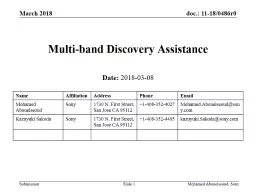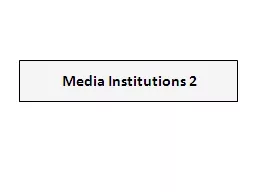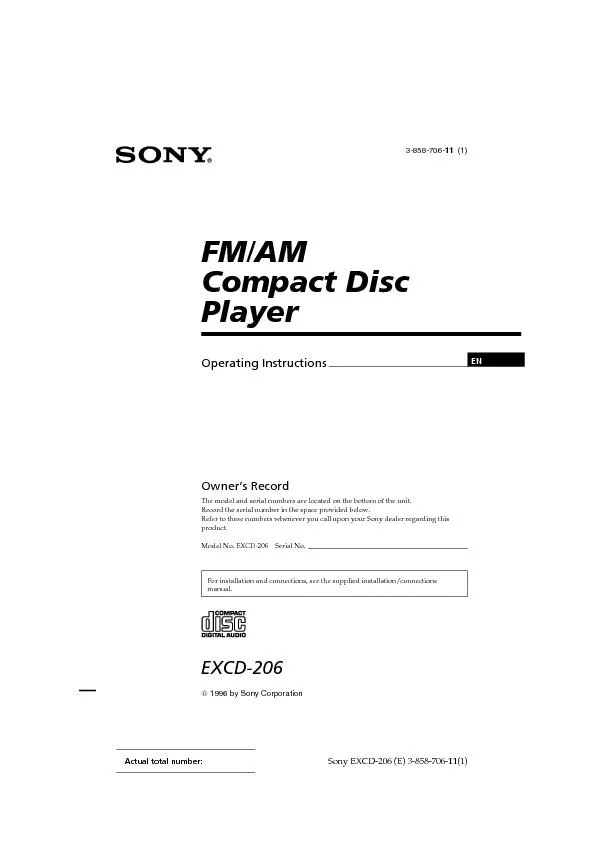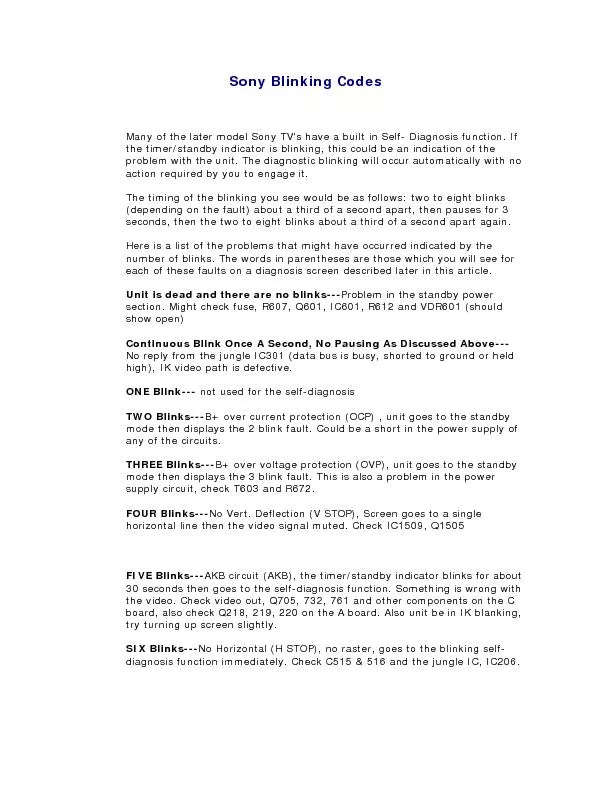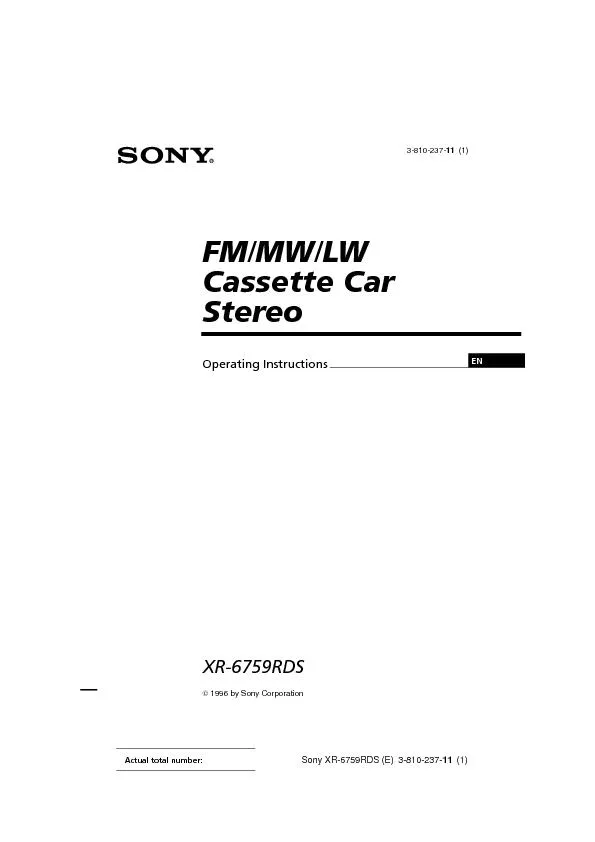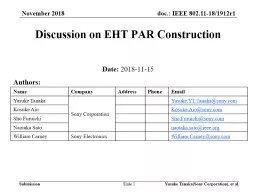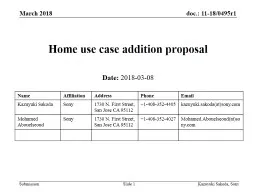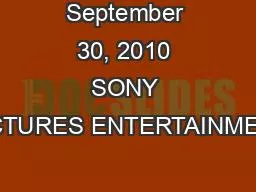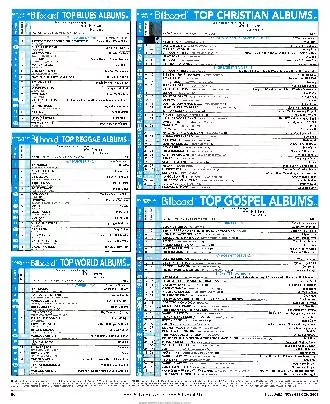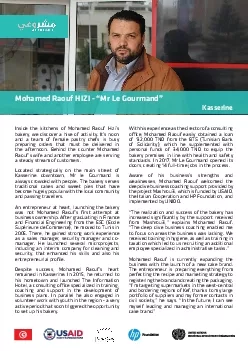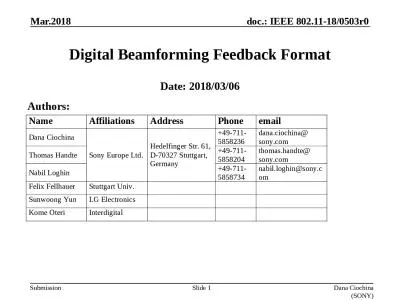PPT-March 2018 Mohamed Abouelseoud, Sony
Author : myesha-ticknor | Published Date : 2019-11-20
March 2018 Mohamed Abouelseoud Sony Slide 1 Multiband Discovery Assistance Date 20180308 Name Affiliation Address Phone Email Mohamed Abouelseoud Sony 1730 N First
Presentation Embed Code
Download Presentation
Download Presentation The PPT/PDF document "March 2018 Mohamed Abouelseoud, Sony" is the property of its rightful owner. Permission is granted to download and print the materials on this website for personal, non-commercial use only, and to display it on your personal computer provided you do not modify the materials and that you retain all copyright notices contained in the materials. By downloading content from our website, you accept the terms of this agreement.
March 2018 Mohamed Abouelseoud, Sony: Transcript
Download Rules Of Document
"March 2018 Mohamed Abouelseoud, Sony"The content belongs to its owner. You may download and print it for personal use, without modification, and keep all copyright notices. By downloading, you agree to these terms.
Related Documents

